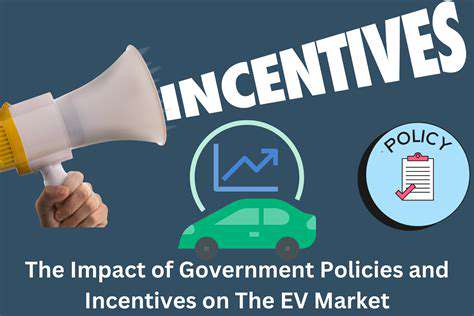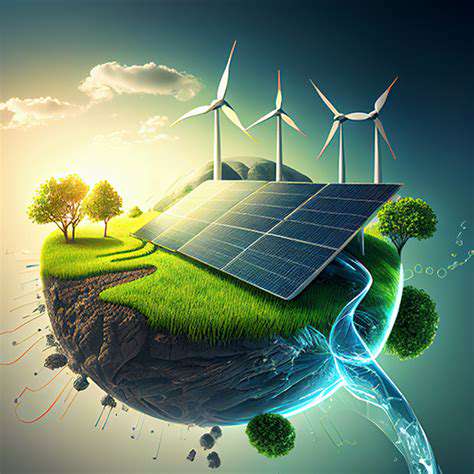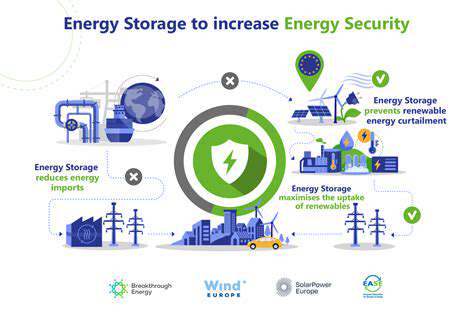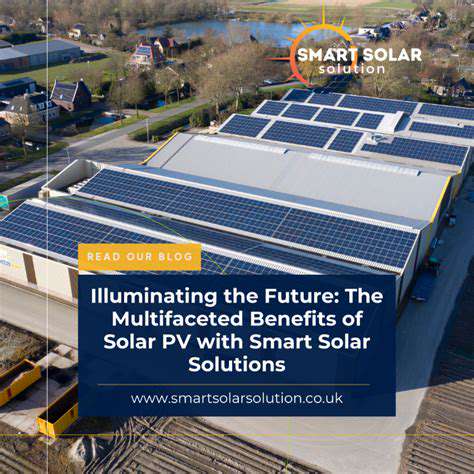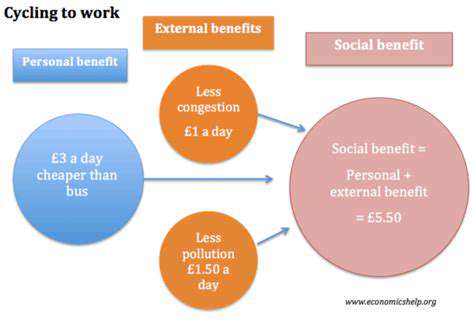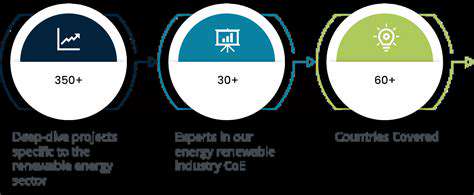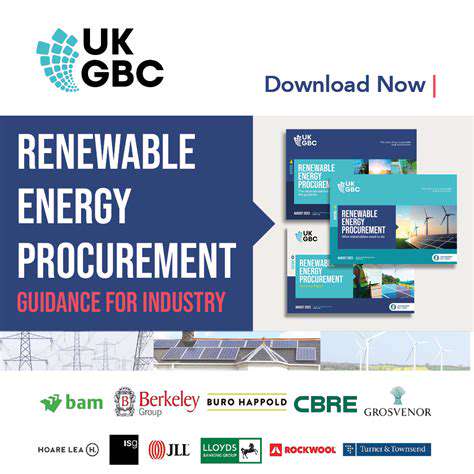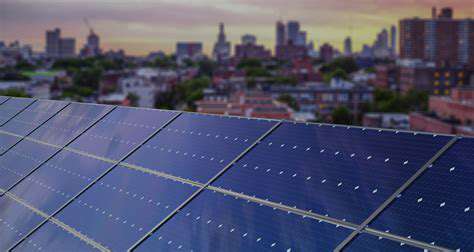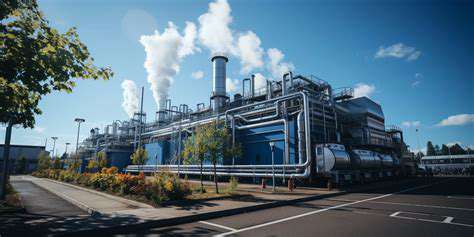Investing in Sustainable Aviation Fuel (SAF) Production and Renewable Energy Feedstocks
Sustainable aviation fuels (SAFs) represent a crucial step toward mitigating the environmental impact of air travel. These fuels are produced from renewable feedstocks, such as agricultural residues, waste oils, and algae, offering a potentially carbon-neutral or even carbon-negative alternative to traditional jet fuels. This carbon neutrality or negativity stems from the fact that the plants or organisms used to produce SAFs absorb carbon dioxide from the atmosphere during their growth cycle, effectively offsetting some of the emissions released during combustion.
The development and implementation of SAFs require significant investment in research and infrastructure. This includes advancements in feedstock production, processing technologies, and distribution networks. Furthermore, ensuring the sustainability of the entire SAF lifecycle, from feedstock sourcing to fuel production and use, is paramount to realizing the full potential of this technology.
Technological Advancements in SAF Production
Technological advancements are driving innovation in SAF production, making the process more efficient and cost-effective. Researchers are exploring various methods for converting renewable feedstocks into usable jet fuel, including hydrothermal liquefaction, pyrolysis, and gasification. These processes are constantly being refined to maximize yield and minimize the environmental footprint of SAF production. Furthermore, ongoing research focuses on optimizing the production of SAFs from various feedstocks, including non-food agricultural residues and waste materials, to ensure a sustainable and diverse supply chain.
Policy and Regulatory Frameworks for SAF Adoption
Government policies play a crucial role in fostering the adoption of sustainable aviation fuels. Incentivizing the production and use of SAFs through tax credits, subsidies, and mandates can significantly accelerate the transition. Moreover, regulations are needed to ensure that SAF production adheres to strict environmental standards and that the entire supply chain is sustainable. International collaboration is also essential to establish consistent standards and facilitate the global adoption of SAFs.
The Economic Viability and Future of SAFs
The economic viability of SAFs is a key factor in their widespread adoption. While current costs are typically higher than traditional jet fuel, ongoing technological advancements and economies of scale are expected to drive down production costs in the future. Government policies, including subsidies and tax incentives, can further contribute to the cost competitiveness of SAFs. Furthermore, the long-term benefits of reducing environmental impact and mitigating climate change must also be considered when evaluating the economic viability of SAFs.
The future of SAFs is promising, with significant potential for reducing emissions and fostering a more sustainable aviation industry. The ongoing development of technologies, supportive policies, and growing consumer awareness will be critical in ensuring the widespread adoption of SAFs in the years to come.
Renewable Energy Feedstocks: A Foundation for SAF Production
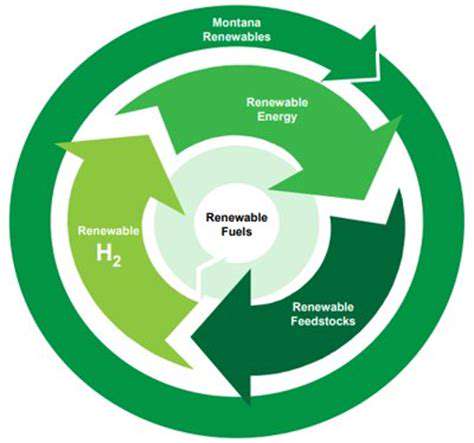
Renewable Energy Feedstocks: An Overview
Renewable energy feedstocks are crucial for a sustainable future, powering various technologies that reduce our dependence on fossil fuels. These resources, derived from naturally replenishing sources, offer a pathway to cleaner energy production and a more environmentally friendly energy system. Understanding the diverse range of feedstocks and their potential applications is essential for developing effective strategies for energy transition.
The concept of renewable energy feedstocks encompasses a wide array of materials, each with its unique characteristics and potential benefits. Their use in different renewable energy technologies, such as biomass gasification, biogas production, and biofuel production, significantly impacts the overall environmental footprint of energy generation.
Bioenergy Feedstocks: A Closer Look
Bioenergy feedstocks, derived from organic matter, are a significant component of renewable energy. These feedstocks can be broadly categorized into agricultural residues, dedicated energy crops, and forestry residues. Each category presents unique advantages and challenges in terms of sustainability and economic viability.
Agricultural residues, such as straw and corn stalks, represent a readily available resource. However, their utilization often needs careful consideration to avoid impacting food production and agricultural practices. Dedicated energy crops, specifically cultivated for energy production, provide a more stable and predictable feedstock source, but their cultivation can have environmental impacts depending on the chosen crop and agricultural practices.
Hydropower Feedstocks and Considerations
Hydropower, while not strictly a feedstock in the same way as biomass, relies on water as a crucial element. Efficient water management practices are vital to ensure optimal hydropower generation, and the environmental impact of large-scale hydropower projects must be carefully assessed.
The availability of suitable hydropower sites and the potential for ecological disruption are key factors in evaluating hydropower's role in renewable energy strategies. Sustainable water management practices are essential to mitigate environmental consequences and maintain ecological balance.
Solar Energy Feedstocks: A Minimalist Approach
Solar energy, unlike bioenergy, doesn't rely on feedstocks in the conventional sense. Instead, it harnesses the sun's radiant energy directly. The primary feedstock is sunlight itself, which is readily available and virtually inexhaustible.
Wind Energy Feedstocks: Exploring the Resource
Wind energy, another prominent renewable energy source, does not directly use feedstocks in the same manner as bioenergy. Instead, wind turbines utilize the kinetic energy of wind currents for power generation.
The availability of suitable wind resources and the potential for land use conflicts are important considerations in the deployment of wind energy projects. Optimizing wind farm locations and mitigating potential environmental impacts are crucial for responsible wind energy development.
Geothermal Energy Feedstocks: Harnessing Earth's Heat
Geothermal energy harnesses heat from the Earth's interior. Unlike other renewable energy sources, it doesn't rely on external feedstocks for its operation.
The availability of suitable geothermal resources and the potential for environmental impacts, such as ground subsidence or emissions of gases, should be carefully evaluated. Careful site selection and mitigation strategies are essential for sustainable geothermal energy development.
Waste-to-Energy Feedstocks: Recycling Resources
Waste-to-energy systems utilize various waste materials, such as municipal solid waste, as feedstocks. This innovative approach converts waste into usable energy, reducing landfill burden and promoting resource recovery.
Effective waste management practices and appropriate processing technologies are key to minimizing environmental impacts and maximizing energy recovery. The potential for pollution and the need for careful waste sorting and treatment are critical factors in evaluating waste-to-energy systems.
Investing in SAF Production Facilities: A Multifaceted Approach
Strategic Planning and Due Diligence
Investing in sustainable agricultural facility production (SAF) requires a meticulous approach that goes beyond simply identifying a promising project. A thorough strategic plan is crucial, outlining not only the financial projections but also the environmental impact assessment, potential regulatory hurdles, and the long-term sustainability of the facility. This meticulous planning phase should encompass detailed market research, analysis of potential competitors, and an evaluation of the local infrastructure and labor availability. Proper due diligence is essential, including a comprehensive review of the facility's design, construction quality, and the vendor's reputation. This involves understanding the technology employed, its energy efficiency, and its ability to minimize environmental impact.
A crucial aspect of due diligence is assessing the long-term viability of the project. This includes analyzing the projected demand for the SAF's products, considering potential fluctuations in commodity prices, and evaluating the resilience of the supply chain. Understanding the regulatory landscape, including zoning regulations, environmental permits, and local support policies, is paramount. Furthermore, the potential for technological advancements or shifts in consumer preferences needs careful consideration to ensure the project remains relevant in the evolving market landscape. Thorough due diligence minimizes risks and maximizes the likelihood of long-term success.
Financial Considerations and Risk Mitigation
Investing in SAF production facilities necessitates a deep understanding of the financial implications. A detailed financial model should project potential returns, considering factors like production costs, operating expenses, and anticipated revenue streams. This model should also account for potential fluctuations in input costs, such as fertilizer prices or labor wages. A robust financial analysis is essential for evaluating the project's profitability and for identifying potential financial risks.
Risk mitigation strategies are critical components of any investment in SAF production. These strategies should address potential challenges, such as supply chain disruptions, unforeseen technological issues, or changes in government regulations. Diversification of product lines, hedging strategies, and robust contingency plans are vital to protect against unforeseen circumstances. Insurance coverage for potential losses due to natural disasters or unforeseen technical problems should also be a key consideration.
Beyond the immediate financial outlay, investors should consider the long-term financial implications of the project, such as potential capital expenditures for upgrades or maintenance. This proactive approach to risk management allows investors to make informed decisions, safeguarding their financial investment and ensuring the sustainability of the production facility.
The availability of financing options and their associated terms and conditions should also be meticulously evaluated. Understanding interest rates, loan terms, and potential government subsidies or grants can significantly impact the overall cost of the investment.
Careful consideration of potential liabilities, including environmental and legal risks, is essential. This involves conducting thorough legal due diligence and ensuring adequate insurance coverage to mitigate potential risks. Understanding the potential liabilities associated with the production process, including waste disposal and environmental compliance, is a crucial aspect of risk management.
Beyond the simple act of making tasks easier, enhanced accessibility goes much deeper. It's about ensuring that everyone, regardless of physical limitations or diverse needs, can fully participate and engage. This includes providing options for different learning styles, visual impairments, and auditory processing differences. Accessibility is not just a matter of compliance; it's a fundamental aspect of creating an inclusive and equitable environment.
